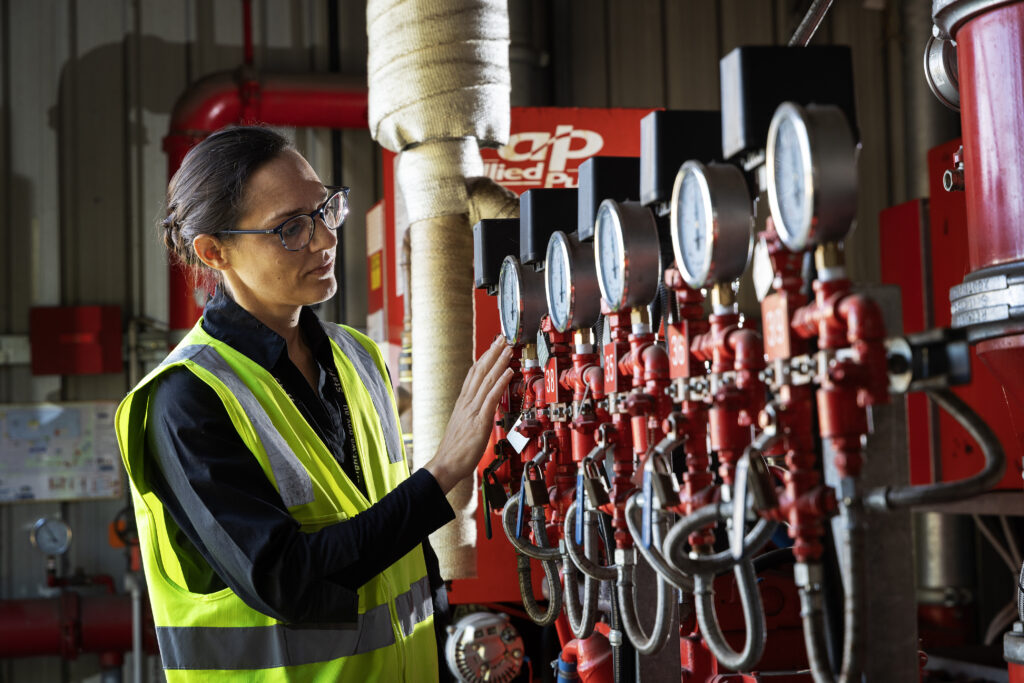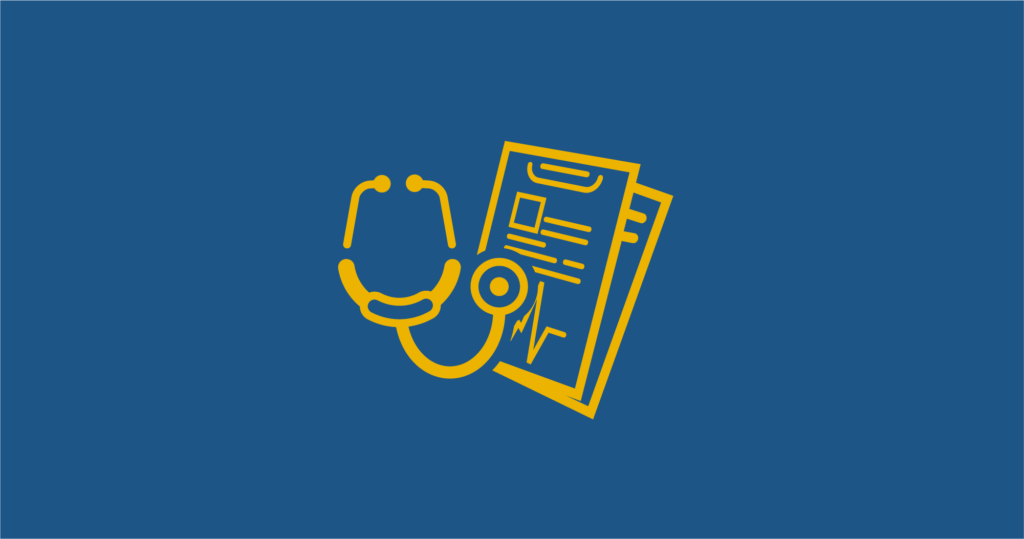Upcoming events – Winter 2023
Learn more about upcoming events and workshops that LGIS are taking part in.

In recent years there have been major incidents and losses associated with the operation of waste facilities. In response LGIS’ new waste management guide helps members to identify, assess and control property and liability risks.
Fires, property damage and personal injury can occur at any point in the waste process, including collection, transportation, transfer, recycling and disposal. These incidents risk people’s safety and can have wider detrimental impacts on the local community and the waste industry itself. They also negatively impact the handling and processing of waste, causing financial costs to owners and operators.
Learn more about upcoming events and workshops that LGIS are taking part in.
Treadmill desks have become a topic of increased curiosity; they’re all over social media with millions of views, especially after the work from home culture kicked in.
Having fitness for work conversations can be confronting and challenging for both leaders and workers as they may involve questions of personal health (mental or physical), uncertain outcomes, sensitive topics and strong emotions. As challenging as they are, they are a vital tool for effective people management.
Since inception waste facility claims have cost LGIS over $38M; the bulk of these claims fall into property and workers’ compensation losses.
2009 saw one of the Scheme’s most significant claims with a $20M waste facility property loss. Furthermore a tip fire in the late 90’s caused widespread damage; at the time the claim cost $2M, but in today’s environment would be valued closer to $20-$35M.
In general when incidents occur at waste facilities, they’re expensive. In most cases the cost of risk mitigation is less expensive than the actual tangible and intangible costs of an event. It benefits members and the Scheme, to make sure that property and liability risks are proactively assessed and managed at waste facilities.
Site safety is paramount at waste facilities – they’re inherently high risk. Site safety happens with assessment, risk identification, and mitigation through implementation of appropriate controls – including processes, procedures, provision and use of appropriate equipment, and worker training.
Accidents can be minimised by effective site management, implementation of safety processes and training programs.
These programs should include the following:
The LGIS team has assessed asset and liability risks at multiple local government waste facilities. What we’ve seen has informed the new guide which is designed for facilities that receive, handle, store or dispose of waste material.
It has a particular focus on three types of risk: fire, members of the public, and third parties.
The advice and technical information provided does not supersede the requirements of Australian Standards, National Construction Codes or local legislation and regulations. The guide aligns with these requirements and provides advice on additional controls and considerations identified through our knowledge of local government facilities.
There are three key elements to the guide:
The better you understand the risks the better you can manage them. The first step is based on the ISO 31000:2018 Risk Management process, which involves the systematic application of policies, procedures and practices to the activities of communicating and consulting, establishing the context and assessing, treating, monitoring, reviewing, recording and reporting risk.
Fire is one of the greatest risks to a waste facility and can have catastrophic impacts on the facility and surrounding community. In recognition of this risk the guide focuses on development and implementation of a fire risk management strategy and the key elements to be considered, including what may cause a waste fire, managing the elements of fire ignition, fire protection requirements and the importance of design, such as waste separation, in reducing fire risk.
The final component of the guide recognises the importance of emergency planning to reduce the risk to life and property in the event of a facility incident. It provides a step-by-step guide on how to develop an Emergency Response Plan (ERP), the roles and responsibilities of every party, identification of hazards, and specific responses to different incidents eg: fire versus a chemical spill.
For more information on how to manage your waste facilities, please get in touch with your account manager. Log in to the LGIS website to access the waste management guide at lgiswa.com.au, or click the button below.

Local governments face a range of challenges when managing their people, avoiding injury and reducing workers’ compensation claims. Like many industries, the sector is managing an ageing workforce and an increase in chronic issues such as obesity, heart disease, and mental illness.

A major return to work barrier, following a long absence due to an injury or health concern, is a worker’s ability to keep up with the
physical demands of the role. Every job role has a unique footprint that requires different physical and cognitive capabilities.

Businesses worldwide are experiencing the effects of the highest inflation rate in a
generation. WA local governments need to consider inflationary pressures when valuing both their property and motor assets so that they can be confident that if disaster strikes, your protection will be adequate to appropriately respond.